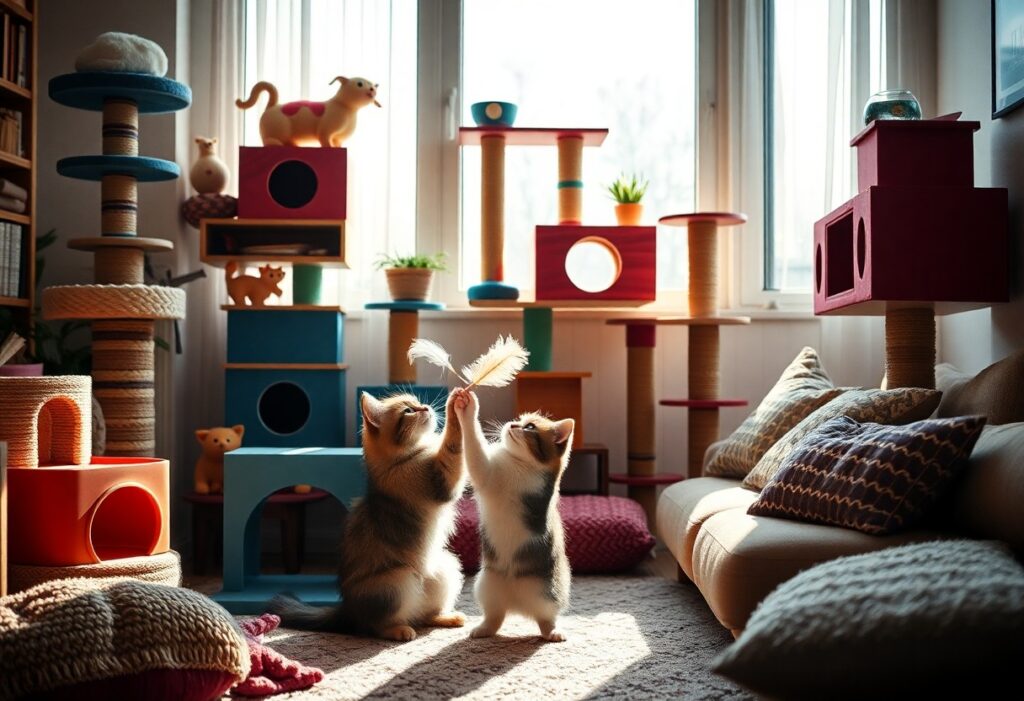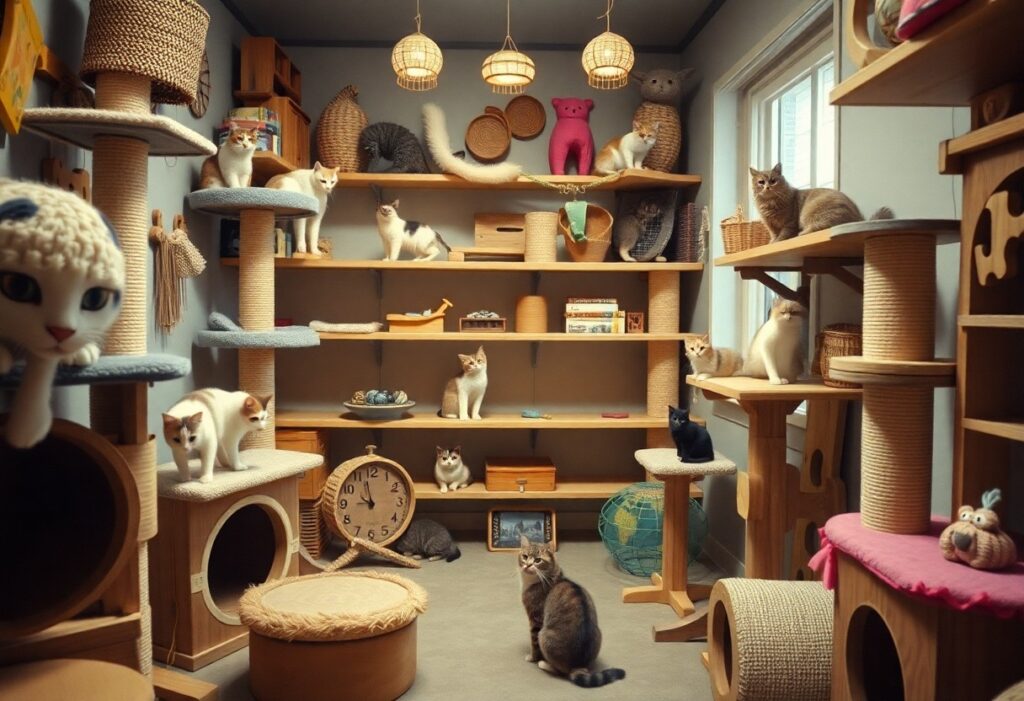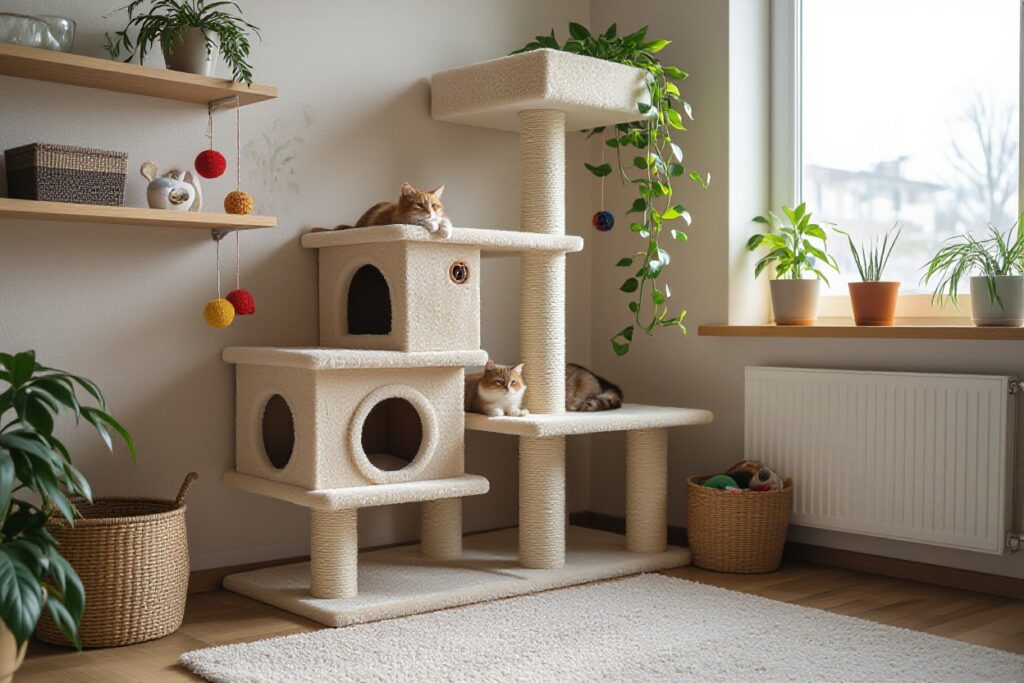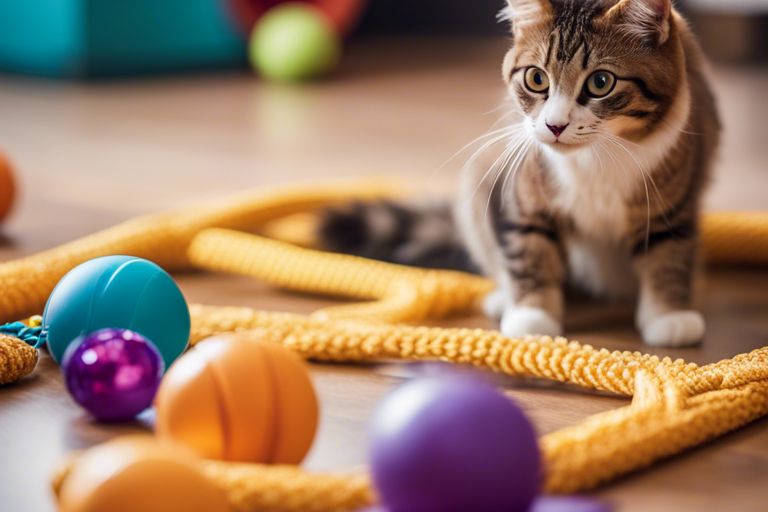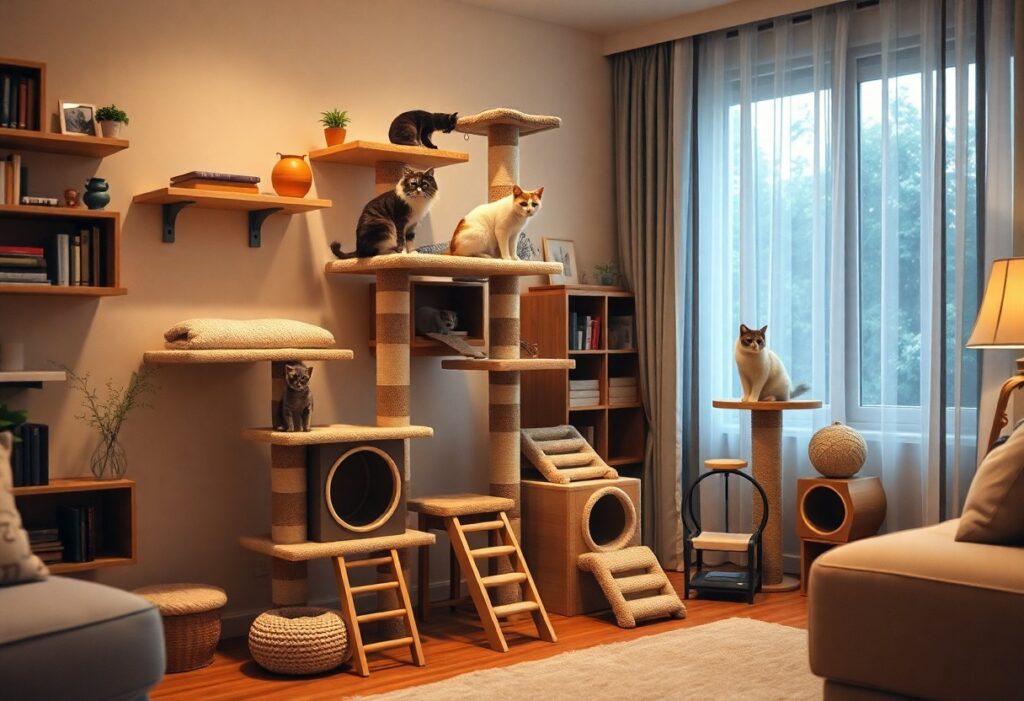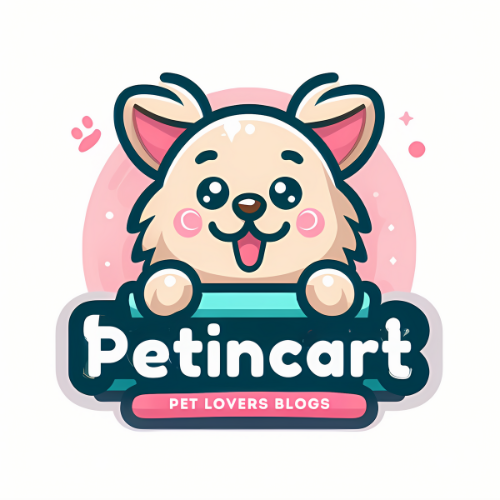Environments that are rich in sensory stimuli can greatly enhance your cat’s playful histrionics at home. By understanding how lighting, sounds, and textures affect your feline friend, you can create a space that encourages active play and exploration. Integrating elements like interactive toys, climbing structures, and enriching scents not only keeps your cat entertained but also fosters their natural instincts, preventing boredom and reducing stress. This knowledge empowers you to transform your living area into a vibrant playground, allowing your furry companion to thrive both mentally and physically.
Key Takeaways:
- Ambient environments, such as varied lighting and textures, can significantly stimulate a cat’s senses, enhancing their playfulness and encouraging more interactive behavior.
- Incorporating elements like climbing structures, hiding spots, and natural elements can create a more engaging space, allowing cats to explore and act out their natural instincts.
- Soundscapes and scents can also influence the mood of a cat, contributing to a more playful atmosphere that fosters exploration and creative playtime activities.
The Playful Psychology: How Environment Influences Feline Behavior
Understanding feline behavior requires a deep explore how a cat’s environment shapes its actions. Cats are inherently curious creatures, and their interactions are often dictated by the spaces they inhabit. Elements like the arrangement of furniture, the presence of stimulating sights and sounds, and the availability of cozy nooks can significantly enhance your cat’s tendency to engage in playful antics. The more enriched their surroundings, the more likely they are to exhibit behavior that is both playful and exploratory, leading to happier and healthier cats.
The Connection Between Space and Cat Vitality
Your cat thrives in environments that promote exploration and play. Open spaces with vertical elements like shelves or cat trees encourage climbing, while cozy hideaways allow for safe retreats. The size and layout of your living area directly affect your cat’s physical activity and state of mind. A well-structured space can lead to enhanced physical vitality and reduce stress, making for a lively feline that is eager to engage in play throughout the day.
Microenvironments: Creating Exciting Zones in Smaller Spaces
Even in limited spaces, you can create microenvironments that spark your cat’s imagination and zest for play. By incorporating various stimuli like textured surfaces, enticing scents, and interactive elements like toys, you can transform a small area into a vibrant playground. Consider using tunnels, perches, or scratching posts in an organized manner, allowing your cat to navigate and explore their domain freely.
Effective microenvironments can include items such as cardboard boxes, which serve as both hideouts and play structures, or hanging toys that encourage your cat to leap and swat. Placing a window perch near a bird feeder can turn a simple nook into a dynamic entertainment zone. By layering elements such as climbing surfaces, hiding spots, and sensory toys, you foster an enriching environment that keeps your cat active and engaged, promoting a sense of curiosity and discovery, even in smaller living quarters.
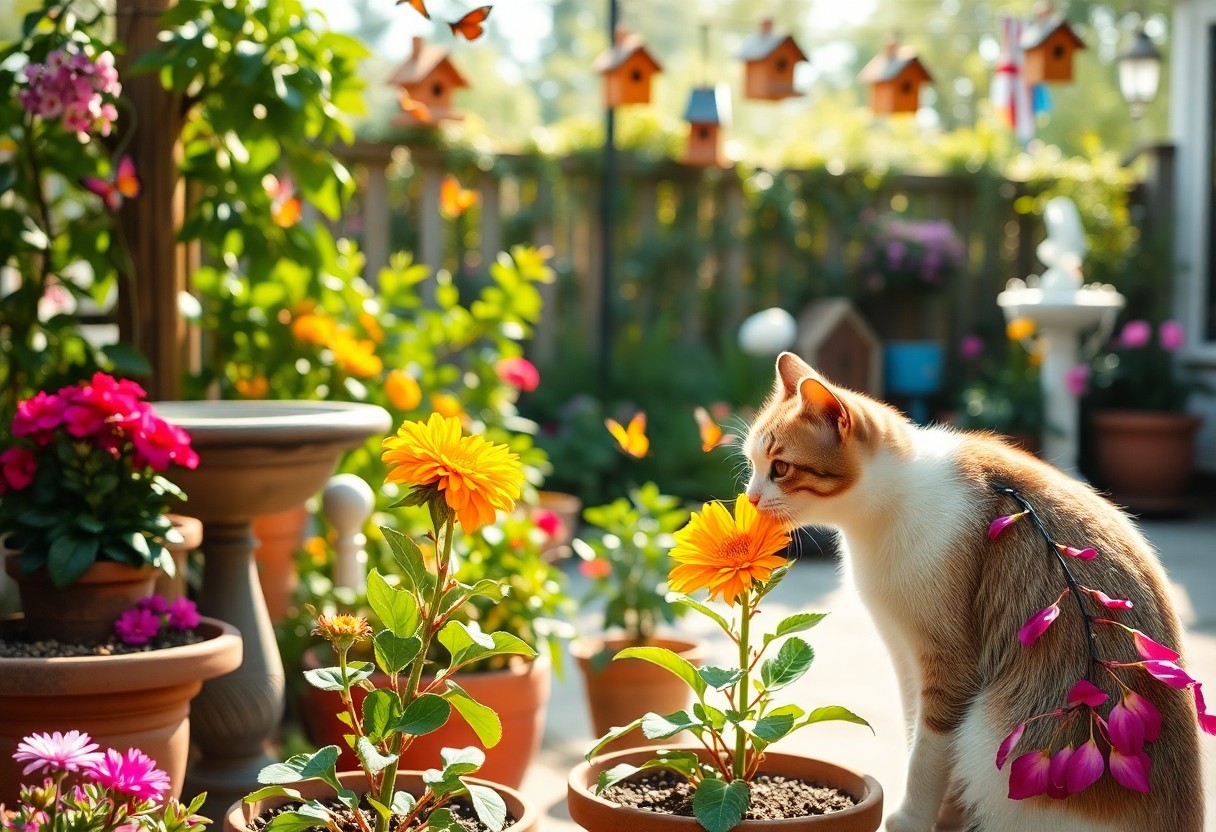
Sensory Stimulation: The Role of Sight, Sound, and Smell
Creating an engaging ambient environment for your cat significantly enhances their playfulness through varying sensory stimuli. By catering to their natural instincts and curiosities, you foster an atmosphere that encourages exploration and fun. The combination of visual, auditory, and olfactory elements can transform an ordinary space into a vibrant playground that caters to all aspects of your cat’s needs and preferences, enriching their everyday experience.
Visual Enhancements: Color, Light, and Movement
Color and light influence your cat’s mood and behavior, with bright hues and dynamic movements sparking their interest. Cats are particularly responsive to contrasting colors, so utilizing items like vibrant toys or patterned cushions can captivate their attention. Moreover, incorporating natural light or adjusting artificial lighting can create intriguing shadows that inspire your feline to pounce and investigate, enhancing their playtime significantly.
Auditory Environments: The Impact of Sound and Silence
Sound plays a pivotal role in your cat’s interaction with their environment, as certain noises can either stimulate or distract them during play. For instance, the gentle rustling of leaves or the subtle sound of a toy squeaking can provoke their hunting instincts, encouraging playful behaviors. Conversely, loud or jarring noises can create stress or anxiety, detracting from their playfulness. Consider playscapes with soft background music or the gentle hum of nature sounds, which can promote relaxation while still encouraging brief bursts of playful activity.
In fact, studies suggest that specific frequencies, such as those mimicking bird chirps or small animal movements, can actively engage your cat’s attention, prompting them to explore their environment more keenly. Similarly, exposure to calming sounds can provide a balance, allowing moments of quiet that help your cat recharge. Establishing a harmonious auditory environment not only promotes playfulness but also helps create a sense of security and comfort, making your home a sanctuary for exploration and enjoyment. Consider utilizing soundscapes designed specifically for cats to fine-tune your auditory ambiance, keeping your feline companion happily engaged.

Enriching Play: Toys, Structures, and Interactive Elements
Creating an engaging atmosphere goes beyond mere aesthetic; it’s about offering your cat an array of stimulating tools to fuel their playful antics. Incorporating diverse toys, structures, and interactive elements can invigorate your feline friend’s daily routine, encouraging natural hunting and exploring behaviors. A well-balanced play environment not only entertains your cat but also nurtures their physical and mental well-being, ensuring they’re happy and healthy.
Essential Toy Types that Encourage Interaction
Choosing the right toys is imperative for encouraging interaction. The following types are particularly effective:
| Interactive Toys | Engage your cat’s natural instincts through movement and sound. |
| Wand Toys | Promote bonding through play while mimicking prey-like actions. |
| Scratchers | Fulfill your cat’s desire to scratch while also serving as fun play areas. |
| Catnip Toys | Stimulate playful behavior by appealing to your cat’s senses. |
| Ball Toys | Encourage chasing and retrieval, fostering physical activity. |
This carefully curated selection of toys ensures that your cat remains engaged and mentally stimulated, keeping boredom at bay.
Building Multi-dimensional Spaces: Vertical and Horizontal Play Areas
Incorporating vertical and horizontal elements into your home can significantly enhance your cat’s play experience. Creating multi-dimensional play areas provides your feline friend with various surfaces and heights to explore, climb, and leap, tapping into their instinctual drive to survey their territory. There are several ways to achieve this, such as installing cat trees, shelving, and horizontal play zones that allow them to engage in both climbing and running activities.
Multi-dimensional spaces allow you to utilize every square inch of your home, promoting agility and exercise while satisfying their curiosity. Think about adding climbing shelves or tunnels that encourage exploration from various angles. Cat trees with perches can become beloved vantage points, and including low ramps or bridges gives them a safe place to practice their jumping skills. Creating a well-rounded play area not only reduces the chance of destructive behavior but also keeps your cat active, happy, and fully engaged in their environment. The integration of these structured play areas transforms your space into a veritable jungle gym tailored to your furry companion’s whims, ensuring hours of entertainment and interaction.
Social Dynamics at Play: Interactions with Humans and Other Pets
Your cat’s playful histrionics are greatly influenced by the social dynamics in your home. Interactions with you and other pets can either amplify their playfulness or lead to stress. Engaging with your cat not only enhances their mood but also deepens your bond. When you partake in their activities, whether through playful teasing with a feather wand or encouraging a chase with a laser pointer, your presence transforms mundane moments into exhilarating adventures, making playtime a truly social experience.
The Influence of Human Participation on Feline Playfulness
Inviting you into your cat’s playtime significantly boosts their enthusiasm. Your playful gestures, vocal encouragement, and even the rhythm of your movements can stimulate their natural hunting instincts. A study found that cats with regular interactive playtime involving humans exhibited higher levels of happiness and lower levels of anxiety. By simply giving them your attention, you turn a solitary pursuit into a shared activity that strengthens your connection and fosters a deeper trust.
Fostering Positive Interactions Between Pets
Creating a harmonious environment among multiple pets is beneficial for their collective playful antics. Providing equal attention, separate play areas, and shared toys can reduce competition and encourage cooperative play. The presence of a balanced social structure among pets can lead to less aggression and more joyful interactions.
To effectively foster positive interactions, observing and understanding each pet’s unique personality is important. For example, providing designated play areas can help assert boundaries, preventing conflicts over toys. Offering an array of engaging toys can also divert attention and maintain peace during playtime. Incorporating structured play sessions where pets can engage together promotes teamwork and inclusion. Positive reinforcement, such as treats for calm behaviors, can further enhance these interactions, ensuring that every pet feels valued and enriched within the dynamic of your home.
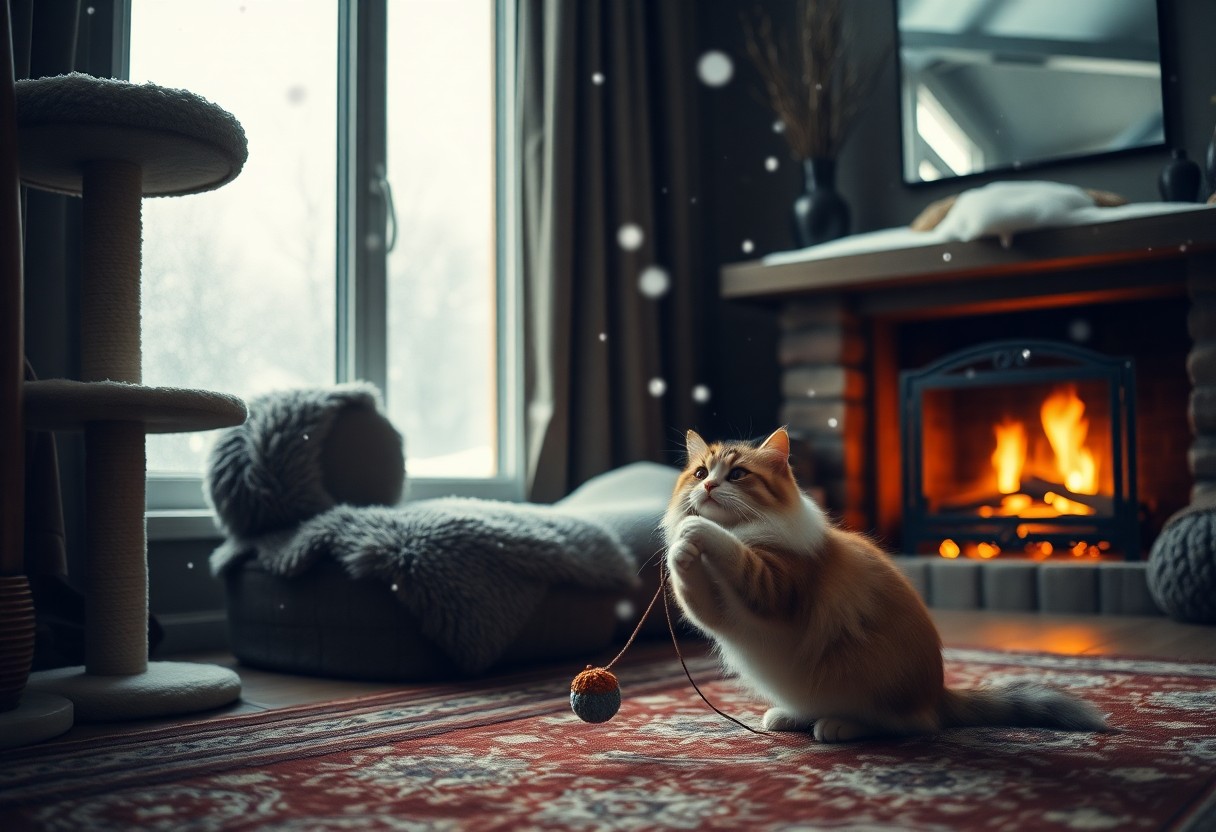
Seasonal Variations: Adapting Ambient Environments Throughout the Year
Transforming your cat’s play environments according to the changing seasons not only keeps their interest piqued but also caters to their natural instincts and behaviors. Each season brings unique opportunities for creativity—from cozy winter retreats to lively springtime jungles. By understanding how to leverage these seasonal shifts, you can craft spaces that truly resonate with your feline friend, ensuring their playful spirit thrives all year round.
Temperature and Weather Influences on Play Behavior
Temperature and Play Behavior
| Season | Cat Behavior |
| Spring | Increased energy, playful hunting behaviors, climbing. |
| Summer | More lounging, but also bursts of activity during cooler times. |
| Autumn | Curiosity peaks, exploration of fallen leaves and new scents. |
| Winter | Seeking warmth, engaging with indoor toys more frequently. |
Seasonal Decor and Its Psychological Impact on Cats
Seasonal decor can significantly influence your cat’s behavior and mood. Bright colors and stimulating patterns, such as autumn leaves or summer florals, can ignite their curiosity and engage playful instincts. Moreover, incorporating new textures—like soft fleece during winter or coarse natural fibers in the fall—can entice your cat to play, scratch, and explore. Rotate decor items regularly to maintain novelty and interest, ensuring that your home remains a dynamic and enriching environment for your feline companion.
Integrating seasonal decor isn’t just about aesthetics; it plays a vital role in your cat’s psychological well-being. For example, fresh scents from seasonal flowers or herbs can evoke hunting behaviors, while stimulating visuals encourage exploration and play. Adorning your space with seasonal elements not only helps to bond with your pet but can also promote a healthy, active lifestyle. This way, you stimulate both their mental and physical faculties, fostering a joyous and enriched atmosphere for your kitty.
Final Words
Ultimately, by thoughtfully enhancing your home environment, you can significantly boost your cat’s playful behavior and overall well-being. Incorporating elements like varied textures, stimulating scents, and dynamic lighting allows your feline friend to engage more fully with their surroundings. These ambient factors not only encourage playful antics but also provide mental stimulation and relaxation, fostering a happier, healthier home for both you and your cat. Investing in your cat’s play environment enriches their life while deepening the bond you share.
Q: What role do ambient environments play in stimulating a cat’s natural instincts during playtime?
A: Ambient environments provide sensory stimulation that appeals to a cat’s natural instincts. Factors such as lighting, sounds, and scents can create a dynamic play space. For example, a sunny window can entice a cat to chase shadows and light reflections, while soft background music might make them feel more relaxed and engaged. By adjusting the environment to include different textures, visual stimuli like bird feeders outside, or interesting scents, owners can enhance the playful behavior of their cats, encouraging them to explore and interact more actively during playtime.
Q: How can the layout of a home contribute to a cat’s playful behaviors?
A: The layout of a home can significantly influence a cat’s playfulness. Creating vertical spaces, such as cat trees or shelves, allows felines to climb and explore, tapping into their innate climbing instincts. Additionally, providing a variety of hideaways and cozy nooks enables them to engage in stalking and pouncing behaviors. Open spaces are also important for vigorous play, while scattered toys and scratch posts encourage active participation. By thoughtfully designing your home with these elements, you can motivate your cat to play and exhibit more energetic and playful behaviors.
Q: What are some ambient elements that can be incorporated to boost a cat’s mental stimulation during play?
A: Incorporating ambient elements such as movement and sound can significantly boost a cat’s mental stimulation. For instance, using active toys like laser pointers or feather wands can mimic the motions of prey, enticing cats to engage. Additionally, introducing cat-friendly plants that provide different textures and scents can pique their curiosity. Sound elements, like the sound of birds chirping or soft nature sounds, can create an inviting atmosphere that stimulates their hunting instincts. By mixing these elements into playtime, owners can create a multi-sensory environment that caters to a cat’s playful nature and keeps them entertained.
